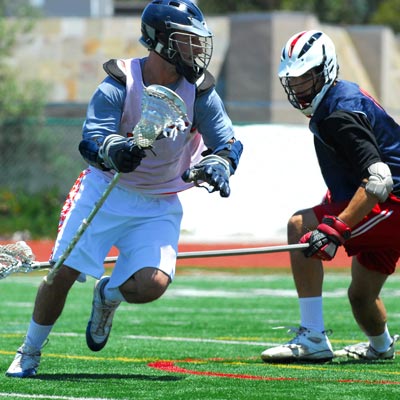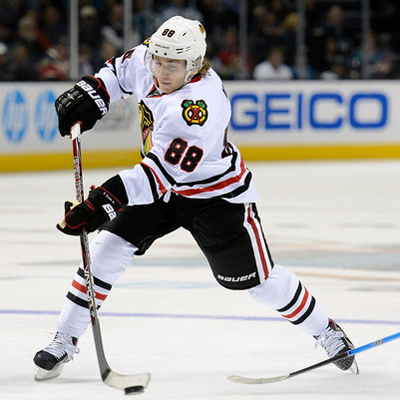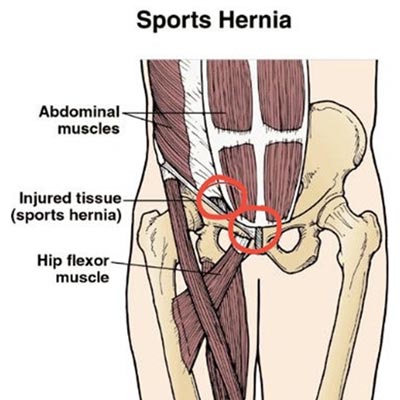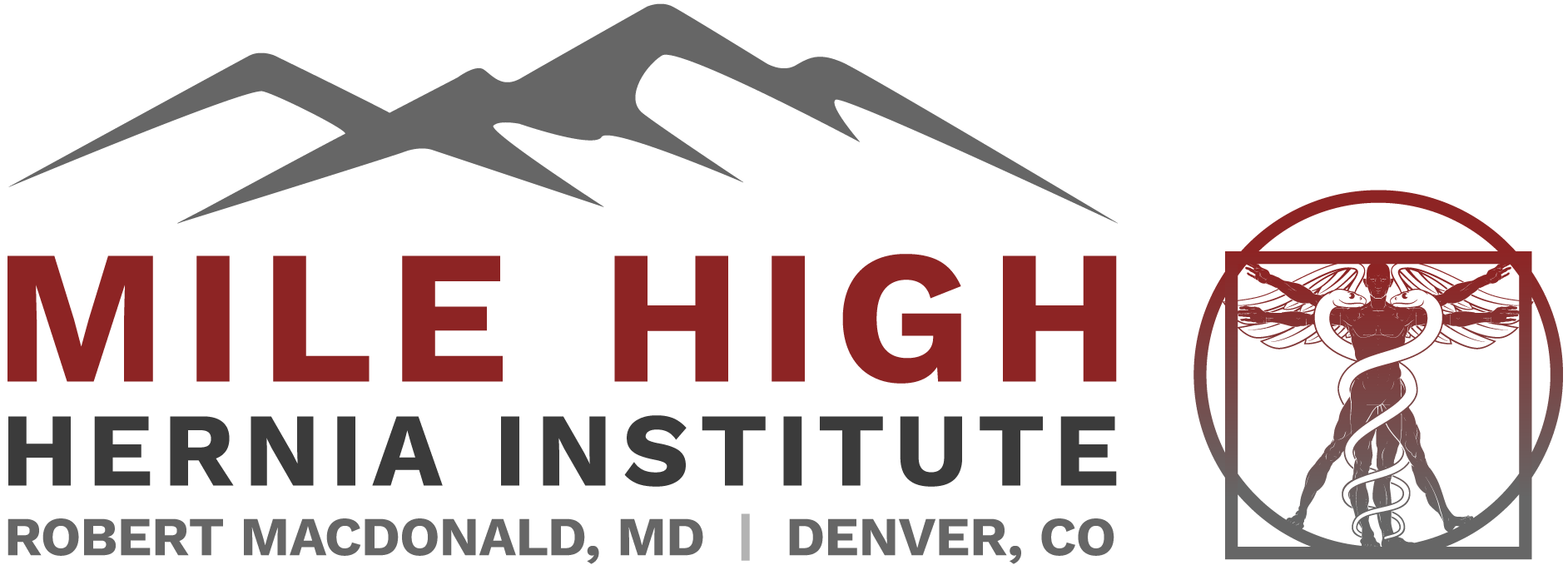Sports Hernia

Sports Hernia
A sports hernia is not a true hernia. Instead, it’s an injury in the area we typically find an inguinal hernia. Other names for sports hernia are Sportsman’s Hernia, Athletic Pubalgia, Athletic Hernia, Gilmore’s groin, or simply chronic groin strain. It’s a condition of chronic groin pain, typically from long term vigorous athletic activity. Occasionally the injury occurs suddenly, the patient recalling the exact moment it first occurred. Athletes in nearly all sports appear to be at risk.

Symptoms of a Sports Hernia
The pain from a sports hernia is felt during exercise and is generally unilateral but occasionally bilateral. It is typically located slightly above the pubic bone. Pain also occurs in the groin crease or radiates down the inner thigh. Sports hernia pain is often aggravated by sudden acceleration, pushing off, twisting and turning, cutting and kicking, coughing and/or sneezing, and sit-ups. The pain generally persists after exercise, with accompanying tightness, and in the acute setting, difficulty getting out of bed the following day. Despite any period of rest or lay-off, Sports Hernia pain returns immediately and with full force upon resumption of sport.

Physical Findings
The majority of patients with sports hernias are male. Mild tenderness may be elicited most commonly over the abdominal muscle, just above the pubic bone. Some patients also exhibit mild tenderness over the adductor longus(hip flexor) origin and/or have a positive adductor ‘squeeze’ test (pain and inhibition when asked to squeeze the legs together against resistance). Pain is usually present when trying to do a sit-up.
X-Rays
An MRI will occasionally demonstrate the injury associated with a sports hernia, though frequently an MRI is normal in the face of significant physical impairment.
Conservative Treatment
It’s important that the treatment of a sports hernia involves a team approach. Sports Medicine physicians, Orthopedic surgeons, Hernia surgeons, trainers, physical therapists, and Radiologists are all potentially vital team members. The decision to proceed with surgical repair of the involved core muscle structures should be a careful one, and experience with diagnosis and treatment of this injury will improve outcomes significantly.
A sports hernia may heal on its own. Initial management is often conservative with a 3 month trial of rest or physical therapy strategies targeted to core strength and stability. Surgical repair is the definitive treatment for a sports hernia that fails to heal and has a reported satisfaction rate of over 90%.
Sports Hernia Surgery
When the injury involves the rectus muscle(lower abdominal muscle), the surgical approach involves a procedure that stabilizes the abdominal musculature at its attachment to the pubic bone. If the pre-operative assessment suggests a component of adductor injury(hip flexor), the surgical procedure also involves an adductor tenotomy, in which abnormally tight tendinous tissue is released from its attachment to the pubic bone. Surgery is followed by an additional 2- 3 months of post-operative rehabilitation, strengthening, and occasionally physiotherapy.
Recovery
Return to full activity and performance level after sports hernia surgery is variable. The average time to return to a specific sport is about 10 weeks. Professional and other highly competitive athletes with their own trainers and rehab facilities will follow their own specific guidelines for recovery. For those athletes without such resources, a physical therapist knowledgeable about sports hernia surgery can be helpful but is not required. Independent reconditioning is quite successful. So-called “weekend warriors” can use the following guidelines for recovery.
Postoperative Training
Immediate Postoperative Phase (0-2 Weeks)
Rest initial 3-4 days with minimal activity only; walking 1st week, light cycling 2nd week; light stretching days 4-14
Intermediate Postoperative Phase (2-4 Weeks)
Continue light stretching, cycling, elliptical machine; light running in a straight line 4th week if comfortable
Strengthening Phase (4-8 Weeks)
Progressive resistance training and more light running in a straight line; week 7-8 may involve faster running if comfortable
Advanced Strength & Agility (8-10 Weeks)
Pivoting, cutting, pushing off, sprinting
Sport Specific Training Phase (8-12 Weeks)
Progressive return to all phases of your sport
